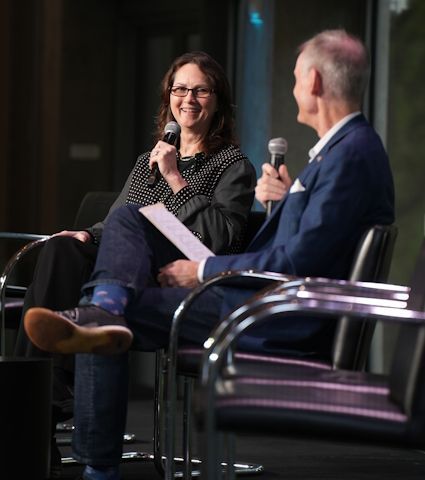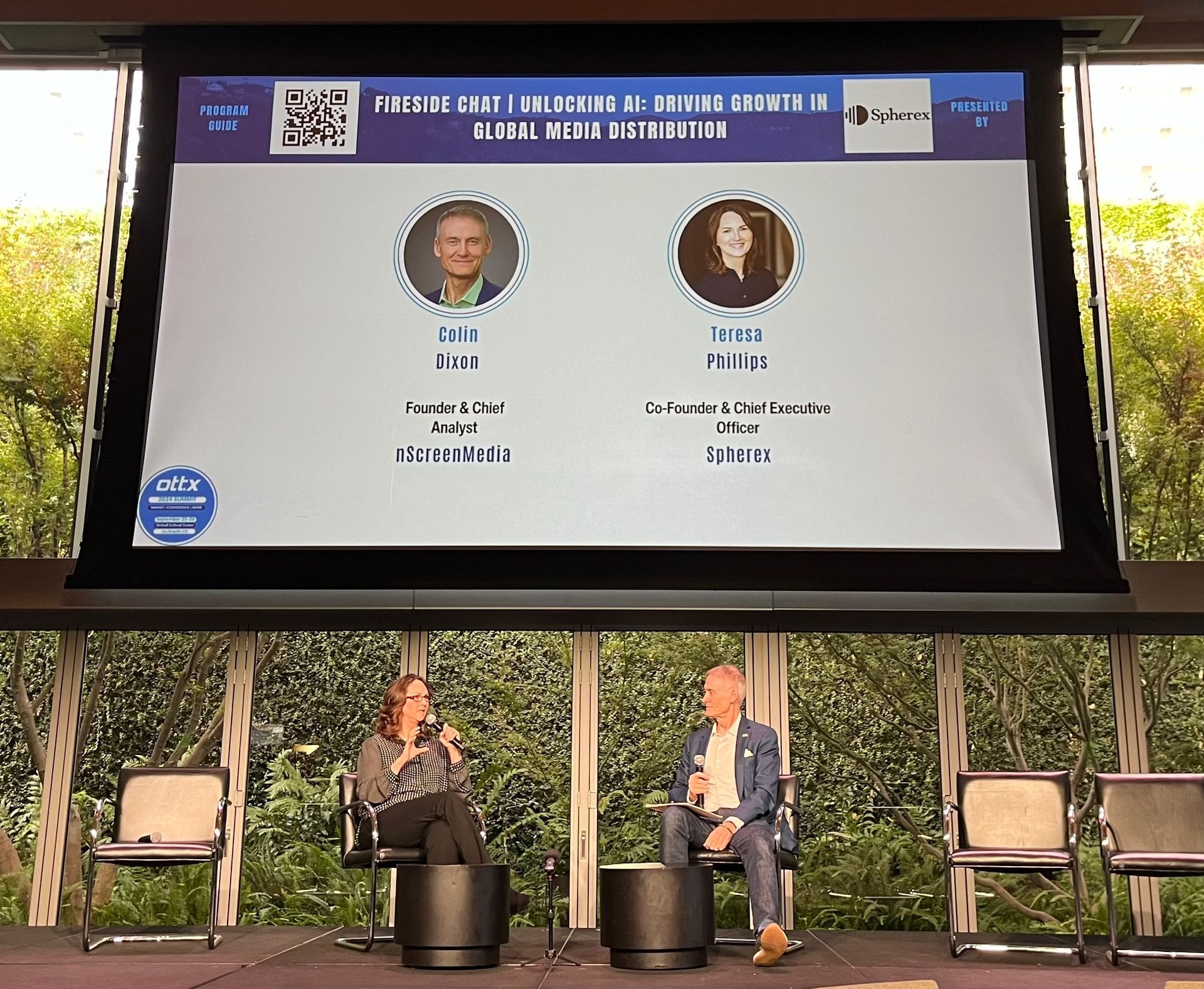The Importance of Movie Metadata
Imagine you’re one of the 209 million worldwide subscribers scrolling through the seemingly endless options of movies and television shows on Netflix every single day. What causes you to stop and choose what to watch? Was it the title? The actors? The genre? The description? The trailer? The information we use varies, but it does beg the question of where this information comes from in the first place?
The short answer is data-fed algorithm-powered search engines. Algorithms are computer programs that utilize descriptive data about a film or TV show to make title recommendations to the consumer. Those descriptors are known as “metadata.” This post will detail movie metadata features, what metadata covers, how professionals obtain it, and its role in making titles and online search results more successful.
What is Movie Metadata?
Metadata are descriptive words, like keywords, that describe many aspects of a title, including the name, directors, actors, genre, filming locations, languages, and ratings. Content metadata provides search engines context about the title. Context enables a search engine to know aspects about a movie it couldn’t tell from just the movie title alone.
Search engines or catalogs cannot effectively match a title to the consumer’s personalized preferences and interests without adequate metadata. Without it, recommendations would be generalized and less predictive, relying on factors such as subscriber age, sex, and location rather than a history of what the consumer has watched before. The importance of using descriptive metadata to feed search engines quantitative and qualitative information cannot be underestimated.
While it may seem simple enough, creating an optimal movie description takes more training and strategy than you may realize.
How to Get Content Metadata
Without exception, every content distribution platform, from linear cable and satellite to streaming platforms to online stores, requires metadata. There is no standard list of metadata that all platforms subscribe to: some need more and some require less. Some have their own specific metadata requirements. The point is that someone must provide a minimal amount of it so the title can be inserted into their catalog and found by consumers.
Typically, it is the job of the producer to provide metadata. With very few exceptions, the platforms will not do it for you. The best way to get quality metadata is to hire trained professionals who know what to look for and understand platform, marketing, and regulatory requirements. The process, which we call “annotation,” has experienced annotators watch a final cut of each title or episode and take detailed notes on classifiable elements impacting the film’s rating. These experts also gather descriptive information and provide that to the producer who then submits it to the platform.
As international distribution is becoming more of a rule than an exception, skilled annotators can also highlight scenes that may run afoul of country regulators, censors, or cultural norms. We call this process “culturalization.” Violence, sexuality, blasphemy, LGBTQ+, and other references may require changes before a title is permitted into foreign markets. Identifying these cultural issues before post-production can reduce localization costs and result in getting the content to more markets sooner than if done post-localization.
Why Your Titles Need Metadata
The old chestnut of “If a tree falls in the forest and no one’s around to hear it, does it make a sound?” is the perfect analogy for metadata. If a great film is made and no one watches it, is it a great movie? It must first be discovered. That is where metadata comes in. Below we outline advantages to completing any missing metadata present within title catalogs.
Discoverability
Facilitating the consumer’s ability to discover your title depends on the accuracy and completion of vital descriptors. Metadata will ensure your title is displayed for a search result that is relevant to and promotes your content.
Cataloging
Over 43,000 movie and TV episodes exist in the primary streaming platform catalogs in the US alone. Many of these catalogs are controlled by distributors who have licensing rights to titles so old that they lack age ratings of more complete metadata. Film annotation can provide the missing age ratings and metadata that increase likelihood of content discovery by audiences, thus increasing the value of and revenue from a title.
Unique IDs
Movies and TV shows often have the same name. The TV show “The Office” was released in the UK years before being reimagined for US audiences. “A Star is Born” has been made into a movie four times and a TV series that has no relationship to the films. Metadata contains a unique identifier to ensure no duplicate entries are created thus avoiding confusion while allowing easier updates to title records.
User Experience
Improving title metadata ultimately supports a better user search experience. Who hasn’t used the remote to look through a platform’s catalog and said to themselves, “Nothing’s on?” By providing personalization and descriptive metadata, you add relevance to the search algorithm so the viewer can locate content that interests them.
Localization
Metadata is not complete if it only caters to one region. Titles are now released internationally, so listings should resonate with different cultures, customs, and languages. Global metadata strengthens the title’s ability to comply with local regulations, take local culture into account, and build a loyal international audience.
Spherex: Global Listings & Metadata Services Provider
If your titles are missing data or localization metrics, Spherex manages a massive data store of over 25 million unique titles that can help fill in the blanks. Our data provide artwork variations and trailers in 45 languages spanning 140 countries and territories.
Our purpose at Spherex is to inspire a more tolerant and harmonious world, one story at a time. When it comes to movies and TV shows, one size does not fit all. Spherex has introduced a technology that culturally adapts content for markets worldwide to increase engagement, drive more revenue faster, and avoid legal and regulatory risk.
Contact us today to take the guesswork and risk out of your metadata collection and title management processes.
Share this post
Related Posts











